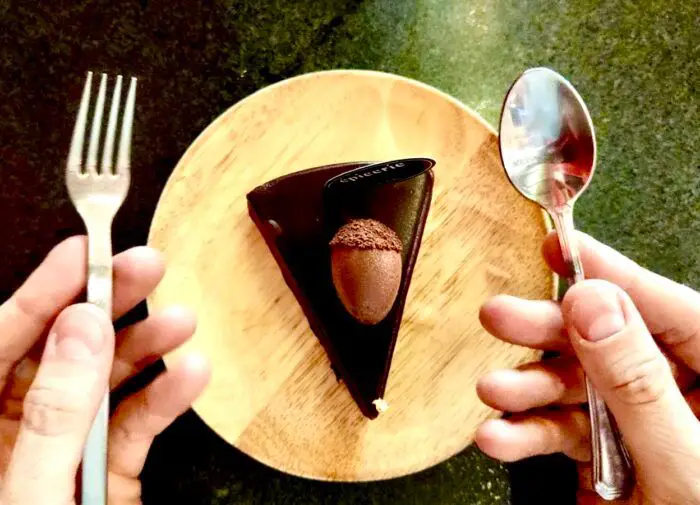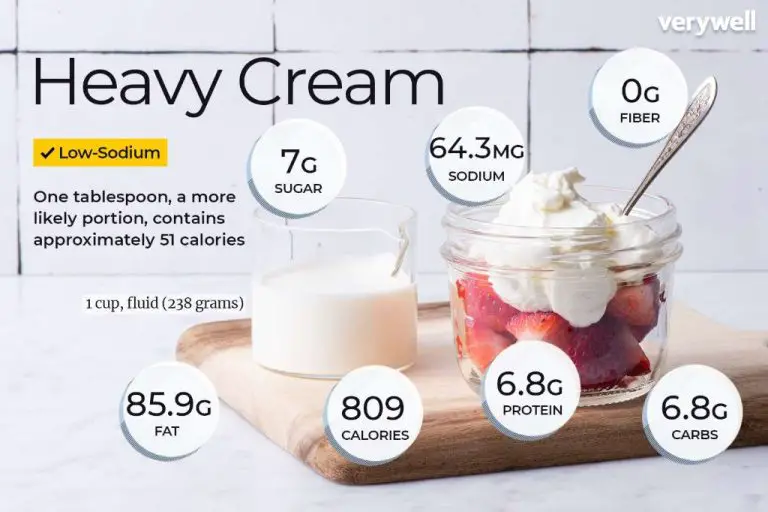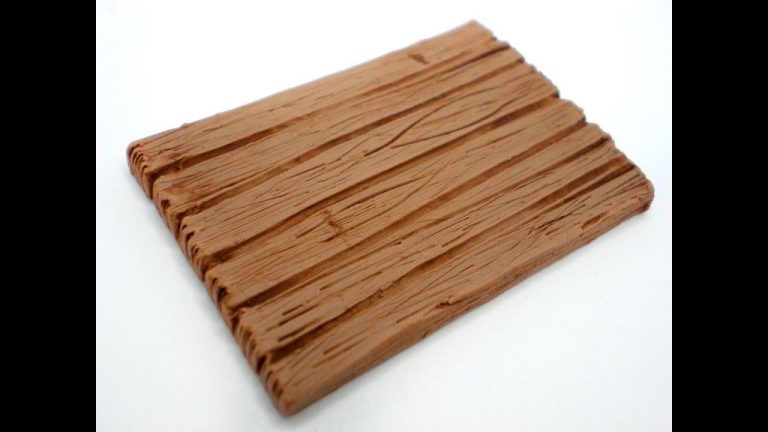How Do You Eat A Soufflé?
Soufflés have a long and storied history in French cuisine dating back to the early 18th century. Originally a baked egg-based dish, soufflés have evolved over the centuries into a delicate culinary art form that requires careful preparation and timing to achieve the perfect rise and light, airy texture (The Rise and Fall of the Soufflé in Modern Cuisine). When skillfully executed, both sweet and savory soufflés can be a sublime dining experience.
However, eating a soufflé properly requires patience and care. Wait until the soufflé has fully risen and set before serving. Mind the delicate top crust when portioning. Use utensils that won’t deflate the fluffy interior. Enjoy the aroma before the heat escapes. Savor slowly to appreciate the unique flavor before it collapses. With some basic tips, you can fully enjoy this impressive culinary feat.
Wait for It to Rise
One of the most important steps in eating a soufflé is waiting for it to fully rise before digging in. A properly baked soufflé will puff up significantly in the oven as the egg whites expand. According to the experts at Food52, you should wait until the soufflé has risen 1-2 inches over the rim of the dish before taking it out of the oven.
It’s crucial to allow the soufflé to finish rising once out of the oven as well. Let it sit for at least 5 minutes, though some chefs recommend waiting 10 minutes. The top of the soufflé may fall slightly as it cools but the interior should still be light and airy if you’ve allowed it to fully rise. The center may still jiggle slightly but should hold its risen shape when gently prodded with a spoon. Avoid collapsing the soufflé by digging in too early. Wait until the structure has set before serving.

Appreciate the Texture
One of the defining characteristics of a properly made soufflé is the light, airy texture. As the egg whites are beaten into stiff peaks and folded into the base, they trap air bubbles, creating a fluffy, cloud-like texture in the finished dish. According to culinary experts, “The ideal soufflé should have a crusty top and a creamy, light, and airy center that almost seems to melt on the tongue” (Source).
It’s important when eating a soufflé to appreciate the delicate texture without compressing it. Don’t press down with a spoon or fork, which can cause the soufflé to deflate. Gently spoon small portions from the top or side to enjoy the soft, pillowy texture in each bite. With proper preparation and careful eating, the soufflé’s unique, melt-in-your-mouth texture can be fully appreciated from the first taste to the last.
Mind the Top Crust
The top crust of a soufflé is delicate and unique. As the soufflé bakes, the whisked egg whites expand and rise up, creating a light and airy foam that forms the signature soufflé crown.
Be very gentle when handling a baked soufflé, as any jarring motions or pressing on the crust can cause it to sink back down into the center. This results in a collapsed soufflé with a sunken center and a dense texture.
A perfect soufflé has a crust that poofs over the rim of the ramekin or soufflé dish by about 1-2 inches. This domed top crust should still be soft and almost marshmallow-like, not dry or overly browned.
Resist the temptation to break through the crust with your spoon right away when serving. Instead, appreciate its texture and beauty before diving in.
Use the Right Utensils
When eating a soufflé, it’s recommended to use a spoon rather than a fork. A fork can puncture the delicate soufflé texture, causing it to deflate and lose its airy lightness. According to Correct Ways to Eat a Souffle from Leaf.tv, “With a hot dessert souffle, it’s typical to forgo the fork. Even when a large souffle is spooned onto individual plates, a spoon is still the utensil of choice.”
When using a spoon, be gentle and scoop from the side rather than plunging from the top. This will help preserve the rise of the soufflé. Use a rounded, sideways motion to collect a bit of soufflé rather than stabbing straight down. Bring the spoon to your mouth carefully so the soufflé doesn’t fall off.
For optimal results, use a smaller spoon that won’t require you to take huge bites. Smaller spoons allow for more control and elegance when eating this delicate dish. Choose a spoon with a shallow bowl so you don’t dive too far into the center where the soufflé is especially airy and fragile.
Portion Control
A soufflé will rise high in the oven but then quickly fall shortly after being taken out, so it’s best to enjoy it immediately. According to chef and blogger Sally McKenney, soufflés should be served immediately, so be ready with your plates. She recommends a six-ounce ramekin, which will provide a one or two-bite portion size for each diner.
Since the soufflé will fall quickly, it’s best to take modest first servings so everyone gets some before it deflates. The light, airy texture is part of the appeal, so you want to experience that before it’s gone. Taking small initial servings allows diners to fully enjoy that experience. They can always go back for seconds if there are any leftovers after the initial round.
According to Apilco, makers of soufflé dishes, a 1.5 quart dish will serve 4 to 6 people. So a modest 2-3 inch wide first serving from a 1.5 quart dish allows everyone a chance to enjoy the soufflé in its optimal state.
“How to Make Chocolate Soufflé.” Sally’s Baking Addiction, 1 Feb. 2021, https://sallysbakingaddiction.com/chocolate-souffle/.
Enjoy the Aroma
The aroma of a fresh soufflé is heavenly. As the soufflé starts to rise, the warm eggy notes fill the air with a lovely bouquet. You may detect subtle herbaceous and cheese notes from ingredients like chives, gruyere, or parmesan. According to the fragrance experts at Maïs Soufflé, their perfume is “inspired by the warm, enticing scent of popcorn beckoning from inside the tent” (source). The aromas rising from a freshly baked soufflé are warm, comforting, and appetizing.
Watch the Temperature
A soufflé comes out of the oven extremely hot, so exercise caution when removing it. The ramekins retain heat and continue cooking the soufflé even after removed from oven. Allow the soufflé to cool for 2-3 minutes before attempting to eat.
According to The Journal in LET’S DISH! Let’s Talk About Souffles, “Hot souffles…are hearty enough to serve as the main dish.” Therefore, allow time for the soufflé to cool to an edible temperature before digging in.
As a general rule, err on the side of waiting a few minutes before eating. A piping hot soufflé may lead to burning your mouth. A properly rested soufflé is easier to appreciate and savor.
Savor the Flavor
The beauty of a soufflé is in its nuanced and delicate flavor. The fluffy egg base provides a light, airy canvas for other more robust flavors to shine through. Savory cheese soufflés, for example, offer a subtle egg flavor that enhances the sharpness and tang of the cheese without overpowering it (Wikipedia). The result is a harmonious blend of flavors and textures.
Sweet soufflés like vanilla or chocolate can provide a similar experience, with the gentle egg acting as a complement to accent sweeter ingredients. As one food blog describes it, the egg gives a “subtle egg flavor that enhances the ingredients that you add — they can be sweet or savory” (Mediocre Chef). So savor each bite, and appreciate how the soufflé’s components come together.
Conclusion
Eating a soufflé can be an incredibly enjoyable experience if done properly. To recap, wait patiently for it to fully rise, appreciate the light and airy texture, watch the temperature so the center stays molten, and savor the delicate flavor. Use the right utensils to gently cut into the top crust and release the aromas. Portion control allows everyone at the table to enjoy a serving. Following these tips will lead to proper enjoyment and delight when eating soufflés.



